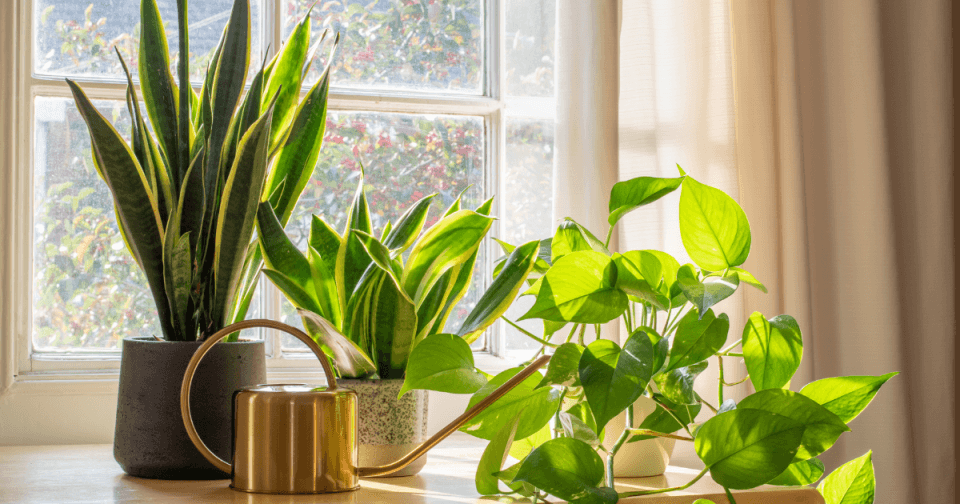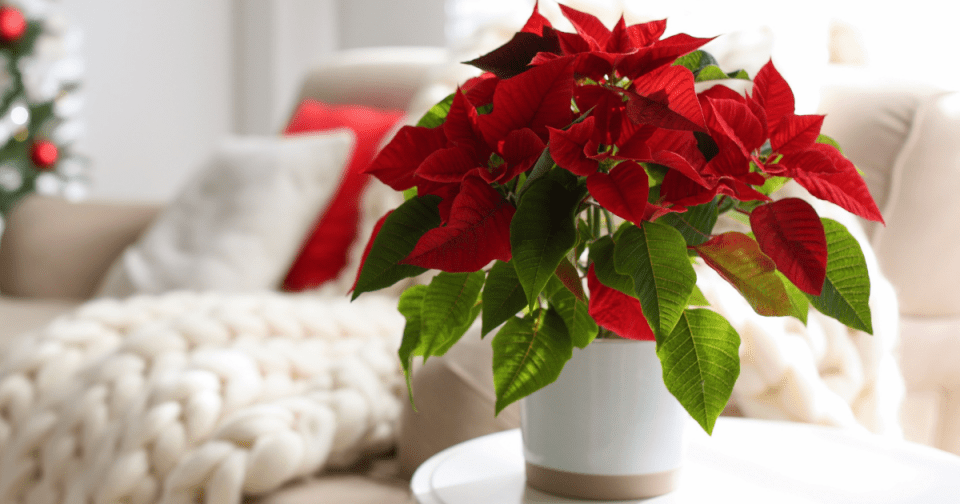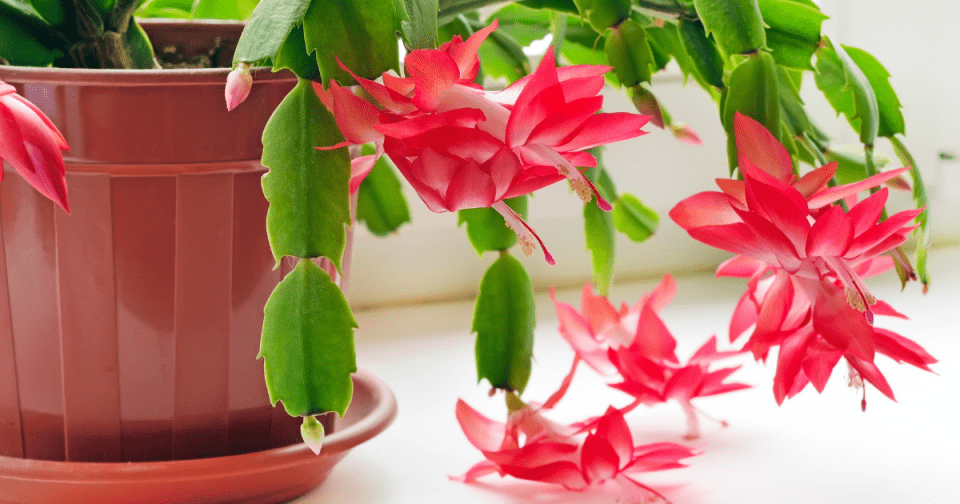Baby, it’s cold outside… This winter, skip the freezing temperatures and bring nature inside!

As freezing temperatures arrive, many outdoor plants will go into a period of dormancy to conserve their energy and prepare for new spring growth. As plants rest, gardeners can sit back, relax, and enjoy the warmth of their own home. With so much time spent indoors during the colder months, you might consider sprucing up your space with a bit of greenery! Houseplants are always a great way to bring nature inside, but there are also many seasonal indoor plant options that can brighten up your home!
Like outdoor plants, houseplants can also experience a period of dormancy during the winter months. In their native environment, houseplants do not go dormant because tropical areas do not experience the same dry, cold winters that we experience in the desert. Because we naturally experience drier growing conditions, your houseplant is likely to go dormant this winter. During the dormancy period, be sure to hold off on repotting, as doing so can cause your plant to go into shock. Additionally, houseplants require less water during their dormancy period, so be careful not to overwater, as it can easily lead to root rot and/or leaf wilt.

On the other hand, if you’re an avid houseplant enthusiast and love to watch your houseplants grow, you might consider creating a pseudo summer environment to extend the growing period. To do so, you will need to take steps to mimic its native, tropical environment by increasing temperatures and humidity. The ideal growing conditions for most houseplants are around 65-80° F with 40-70% humidity. To keep your plant in this condition, position your houseplant near a south or west facing window in your home where it will receive indirect, afternoon sunlight. Additionally, check to make sure your houseplant is not placed near a heater vent or cold draft, as they can cause dry growing conditions, which is the opposite of a tropical environment. Other tricks to increase temperature and humidity are to simply raise your thermostat and use a humidifier near your plants!
So long as your houseplant has enough heat and humidity, you can add Dr. Q’s Plant Tonic, a liquid fertilizer that will speed up the growing process. However, if your houseplant is in a cold, dry area, adding fertilizer will only add stress to the plant. So, it is important to offer the correct growing conditions if you plan to fertilize.

Other than traditional houseplants, you can brighten up your space with seasonal indoor plants such as Poinsettias, which are widely used as winter holiday decorations, and can add a bright pop of color to your home! As a member of the Euphorbia genus, they’re easy to grow indoors and tolerate low-light growing conditions. When growing poinsettias in your home, the easiest way to keep your plant healthy is to use a moisture meter. Poinsettias prefer moist soil, but it is easy to overwater or underwater. By using a moisture meter, you can guarantee that you’re offering the right amount of water to extend its life all through the holiday season.
Another great seasonal indoor plant is the Christmas Cactus, which got its name because of its famous, colorful blooms during the Christmas season. Unlike other cacti varieties, the Christmas Cactus originates from tropical areas, meaning it thrives in warm temperatures and high humidity. If you’re choosing to extend the growing period of your houseplants, then placing a Christmas Cactus in the same area would make a great seasonal addition.

This winter, skip the freezing temperatures and bring nature inside! Houseplants are a timeless staple in any household, while seasonal plants such as Poinsettias and Christmas Cactus can add a fun, holiday look. Indoor gardening is always a great way to enjoy the benefits of plants, even when the weather outside is unfavorable.
